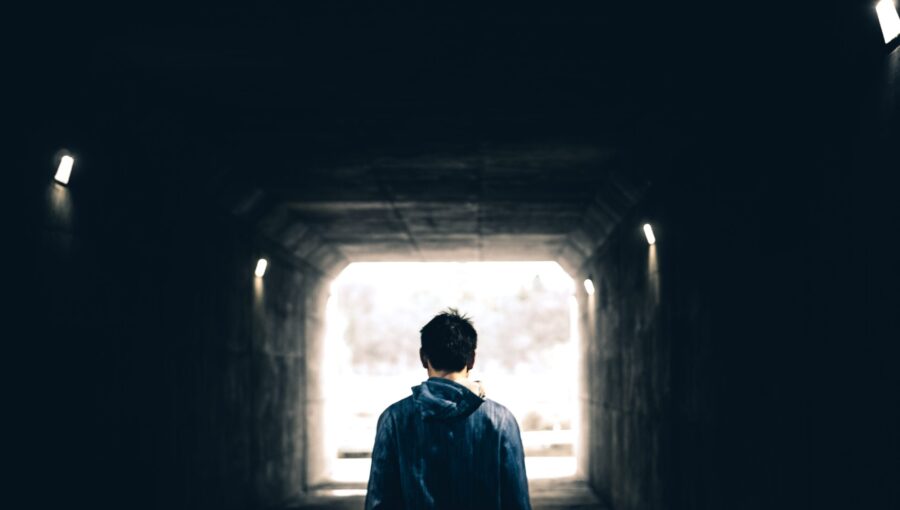Two things happened this week which indicated a much-needed shift towards optimism in Australia’s campaign against COVID-19.
The first was the gradual slowing in the identification of new cases, indicating (perhaps – everyone is super cautious) that all of our staying indoors and keeping distant from each other might actually be flattening that famous curve.
The second was the announcement of the government’s JobKeeper package, offering payments to employers to keep paying staff for the next six months. For many business owners, this was an important step, allowing them to see for the first time how a temporary hibernation of their business might work without sending them broke. And for many employees, it offered the prospect of ongoing income, without queuing up for miles at Centrelink. (Though its applicability to many creative industry freelancers is unclear).
The quiet implication is that we’re starting to get an idea of how long the COVID-19 lockdown is going to last. Six months. Maybe nine. Who knows, and nobody’s brave enough to make a prediction yet. We can’t see the finish line, but we can see there will be a finish line.
This “don’t say it, you’ll jinx it” surge in optimism is coinciding with something I can see happening now in small businesses, which we might call peak mitigation. It’s when you’ve done everything you can to scale down your business and keep it running. Hours have been cut, staff are working from home, services have pivoted. Many businesses are now as lean as they’re ever going to get. And the very scale of the JobKeeper package, an eye-watering $130 billion, may imply that the government’s big measures for small business have now all been deployed.
If that’s true, then the time for mitigation has ended, and the time for preparation has begun. Preparation for the rebound.
Let’s be bold. If we dare to imagine the end of this crisis, let’s also imagine what recovery looks like. It will almost certainly be slow, gradual and inconsistently applied. Where within this patchwork economy will the opportunities be for creative businesses?
Firstly, I’d say look outside the major population clusters. Regional areas should, in theory, bounce back faster than urban centres. With states and territories maintaining tight border controls, it’s not hard to imagine a situation where, say, Tasmania reopens its tourism and hospitality industries before the rest of Australia. Or where regional areas relax their rules before capital cities. Businesses who can sell into those areas may have a head start on those dependant on Sydney or Melbourne.
Secondly, live events and experiences will be in high demand from a population who have been cooped up for so long. But access to venues may be scarce, so performers, producers and event curators should be looking to create work that can be staged in a variety of public spaces with minimal setup and mutable form. Partnerships with tourism and hospitality providers could be
useful.
Next, concentrate on domestic consumers. I suspect that the free flow of international visitors to Australia will be one of the last elements to come back online. Plus, at least some of your Australian customers will still have stimulus money to spend. There are specific market segments to target. For instance in NSW, the Creative Kids voucher is still available and many parents will be itching to get their kids back to dance, music, art or coding lessons. Design companies could be working with local businesses now to spruce up websites and marketing collateral so they can be ready for the rebound.
Many creatives offering products and services online are experiencing a modest upturn in business. Perhaps these will grow into important complementary revenue streams for businesses moving forward. When the lockdown lifts, how can you engage your new e-customers in interesting ways? For instance, if you’re an artist or artisan selling online, capture postcode data when posting your wares. You might find clusters of customers in areas where you can stage a post-lockdown pop-up store.
I realise the irony here. Last week I was talking about plotting a path gently through uncertainty, and this week I’m advocating planning ahead for better days to come. But things change quickly in COVID-19 land. Inevitably, there will come a point where businesses will have taken all the preventative action they can, and got all the government support they can get.
If you’re at that point, or you can see it from where you are right now, I don’t think there’s anything to lose by thinking about what opportunities lie at the end of the tunnel. And what you might do when you reach them.
